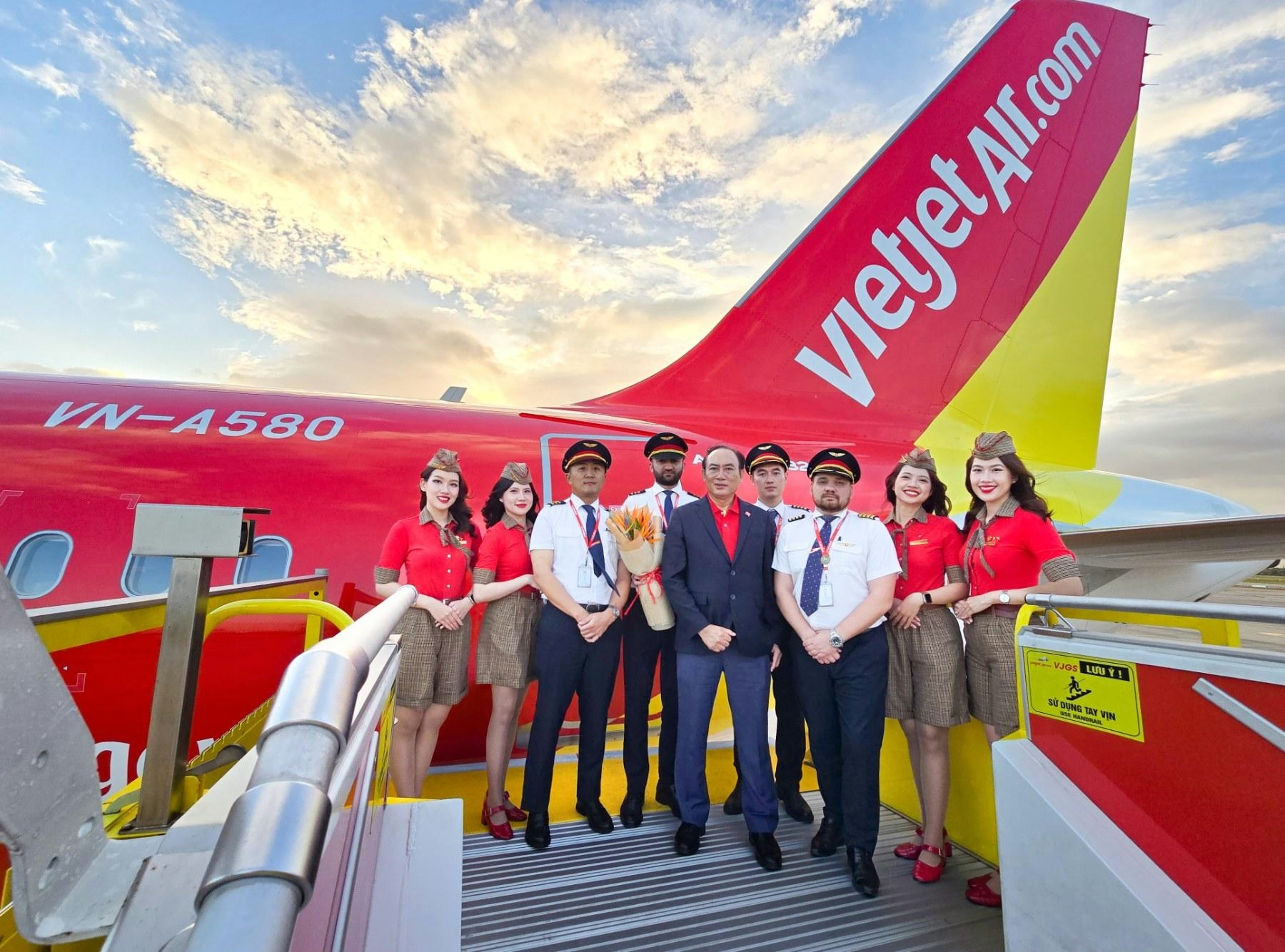
AeroGenie — Seu copiloto inteligente.
Tendências
Categories
Indo-Pacific MRO: Recruitment, Training, and Retention Challenges in Australia and Beyond
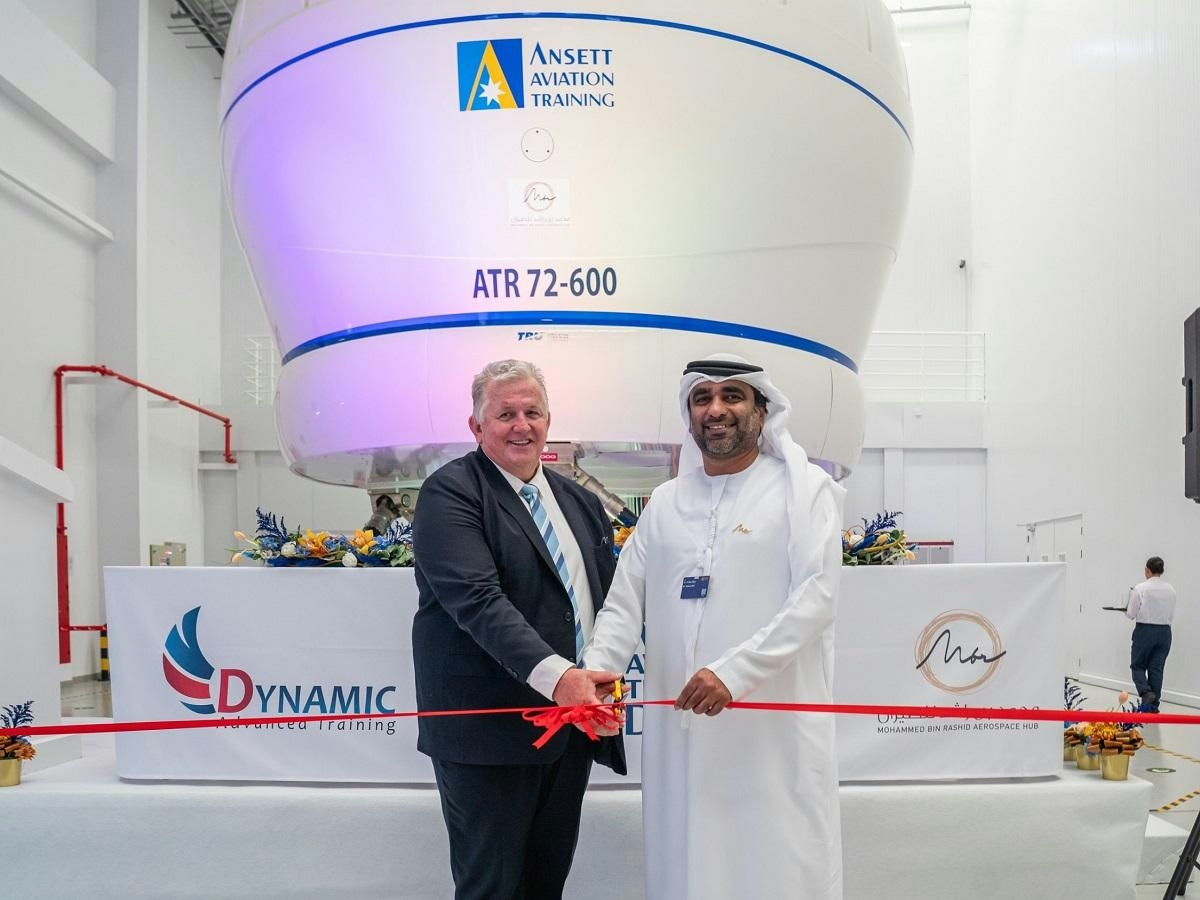
Indo-Pacific MRO: Recruitment, Training, and Retention Challenges in Australia and Beyond
The global aircraft maintenance, repair, and overhaul (MRO) industry is confronting a significant workforce shortage, with a recent CAE report forecasting the need for 416,000 new aircraft maintenance technicians worldwide over the next decade. This impending deficit is particularly pronounced in Australia, where Glenn Ryan, CEO of Aviation Australia, highlights a looming loss of approximately 60,000 years of accumulated experience within the Australian aircraft maintenance workforce. This figure represents about 22% of the current workforce across various specializations, including avionics, mechanical, and structural disciplines. Ryan underscores the urgency of addressing these challenges promptly to mitigate the impact on the sector.
Workforce Pressures Across the Indo-Pacific Region
Australia’s MRO sector is not alone in facing these workforce challenges. Across the Indo-Pacific, the industry is contending with a complex set of pressures. The Aon 2025 APAC Skills Report identifies critical gaps in workforce readiness, while data from Nareru Group Inc. reveals high turnover rates and declining utilization ratios, highlighting ongoing retention difficulties. These issues are symptomatic of broader regional trends, where the alignment of workforce supply with escalating demand remains a strategic priority extending well beyond the immediate future.
A key factor influencing the sector is the increasing mobility of maintenance engineers. Ryan notes that technicians are relocating across Europe, the United States, the Middle East, and Asia in pursuit of improved career opportunities. He points to Vietnam as a notable example, where rapid industry expansion is intersecting with workforce mobility patterns driven by personal and organizational decisions, as well as evolving workforce structures. The adoption of European Aviation Safety Agency (EASA) standards by a growing number of Indo-Pacific countries is facilitating this mobility, allowing qualified technicians to move more freely between nations and access a broader range of employment options.
In Australia, technicians trained under the Civil Aviation Safety Authority (CASA) standards are gaining greater recognition in international MRO markets. However, this trend also intensifies pressure on domestic operators to implement strategic workforce planning aimed at retaining essential skills and capabilities. Ryan emphasizes the importance of early engagement in aviation education, noting that countries investing in foundational education at the elementary and secondary levels tend to attract a larger pool of industry applicants. In response, Australia has enhanced vocational training programs across its seven states, each adopting tailored strategies to cultivate a sustainable talent pipeline.
Regional Initiatives and Geopolitical Influences
Beyond Australia, Singapore is distinguished by its sustained investment in long-term educational pathways for aviation professionals. Meanwhile, Malaysia, the Philippines, and Vietnam are actively expanding their institutional capacities to meet the persistent demand for skilled maintenance personnel. These efforts reflect a regional commitment to addressing workforce shortages through education and training.
The sector’s challenges are further complicated by broader market and geopolitical developments. Strategic initiatives led by the Quad nations, including commitments to maintaining a free and open Indo-Pacific and agreements to enhance cooperation in maritime security and critical minerals, are influencing market dynamics and shaping workforce strategies. In response, industry competitors are intensifying efforts to close skill gaps and improve retention rates, recognizing that operational stability hinges on maintaining a robust and well-trained workforce.
As the MRO industry looks ahead, the focus extends beyond recruitment to encompass the training and retention of the next generation of technicians. With Generation Z and younger workers entering the field as digital natives, the sector must adapt its approaches to workforce development to ensure readiness and sustainability in the long term.
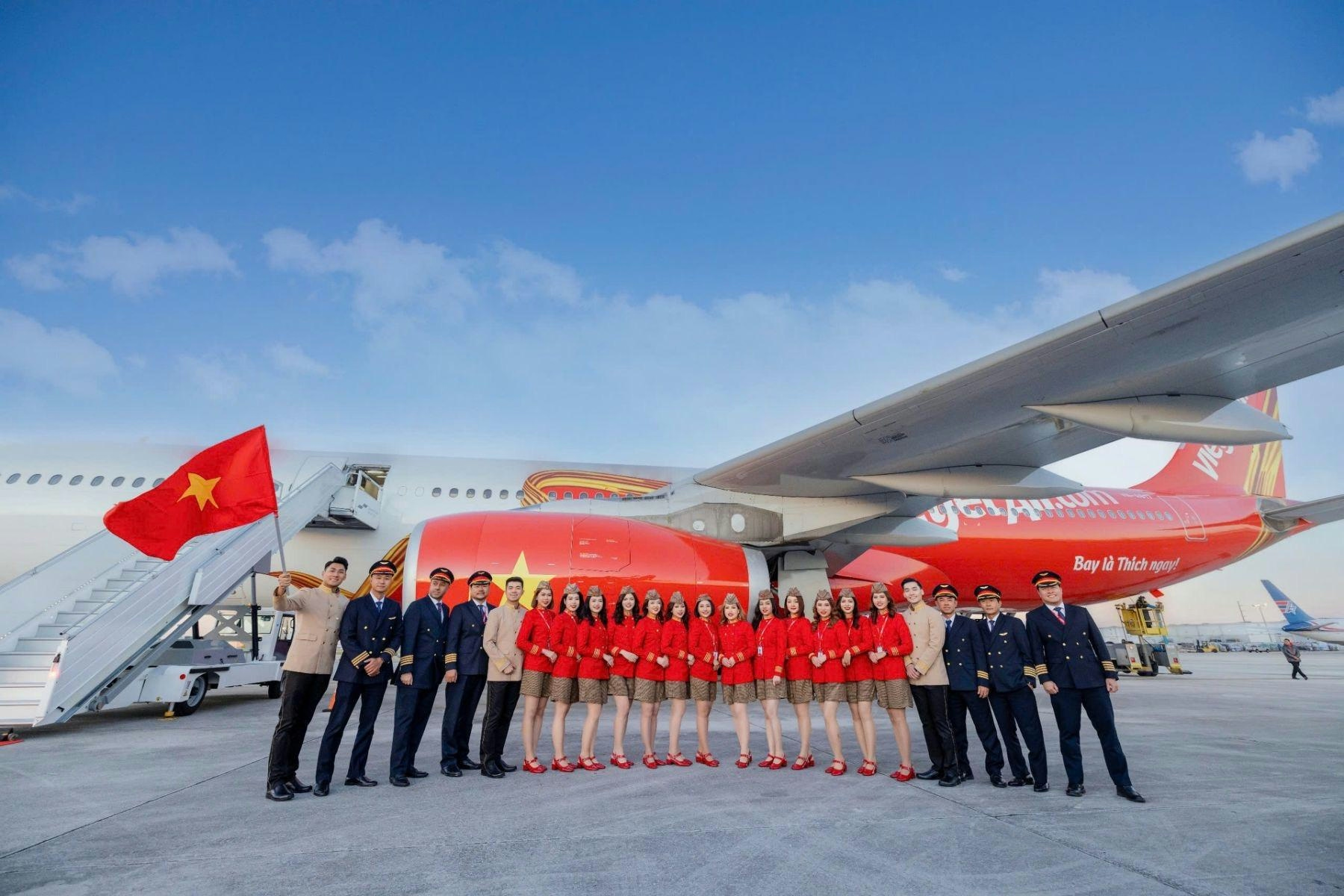
The Leading Widebody Aircraft in Service Today
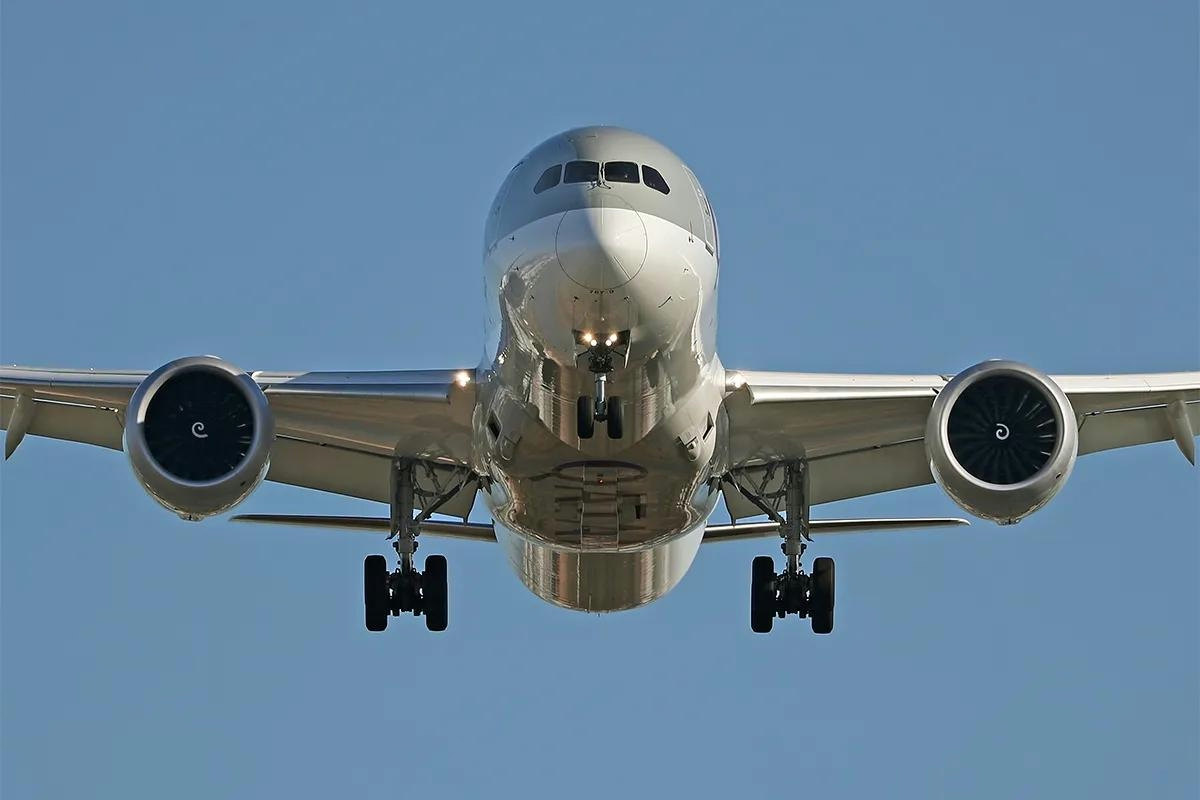
The Fastest Boeing Jet Currently in Service

Quintana Roo Secures $24.3 Million Deal for MRO and Cargo Services
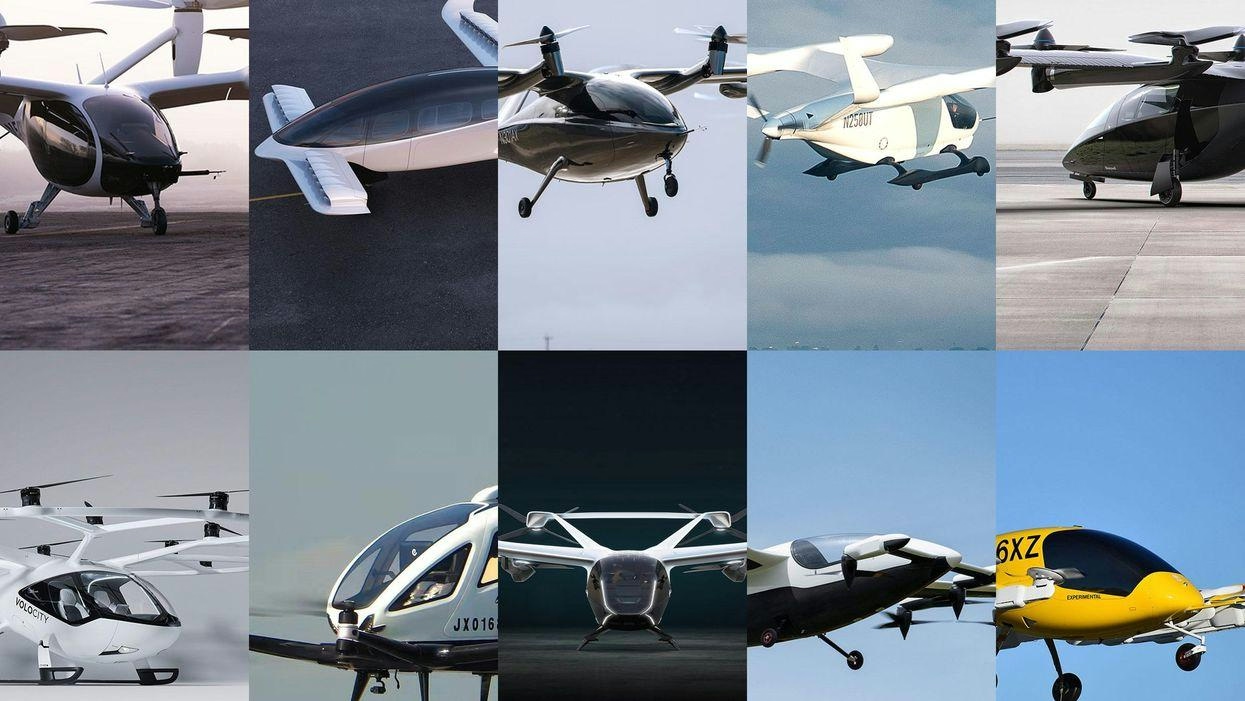
This Week on America Builds: Advanced Air Mobility

Textron Aviation Appoints Justin Salmans Senior Vice President of Supply Chain

Delivery Delays and Canceled SAF Projects Prompt Focus on Fuel Efficiency
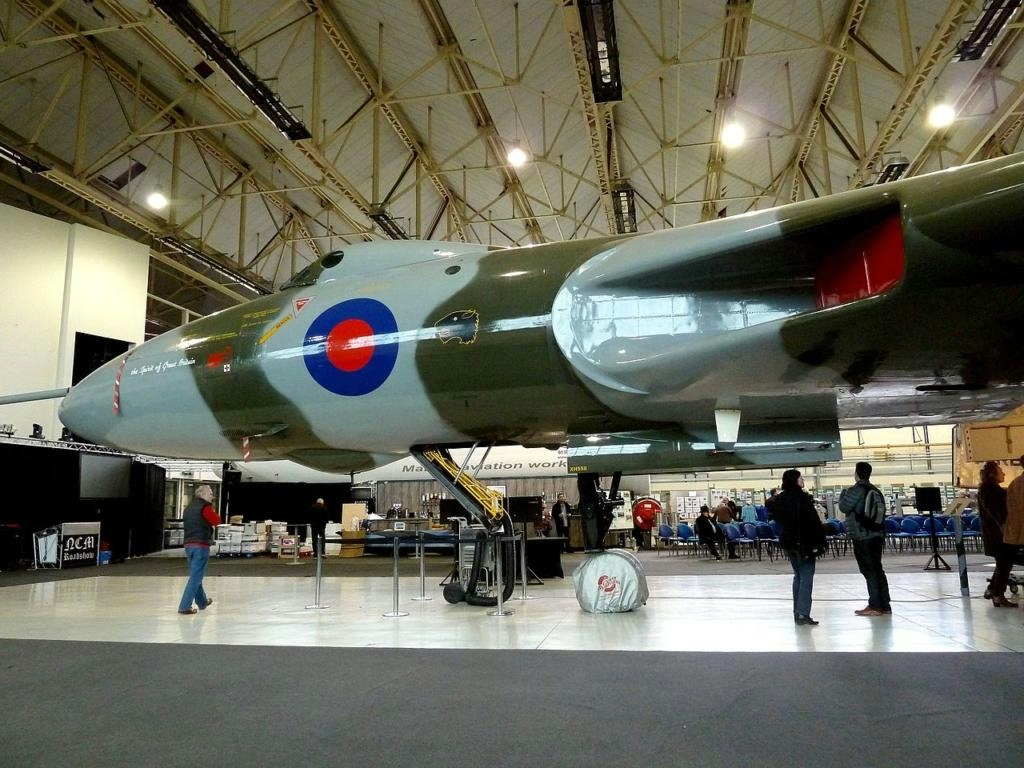
Avro Vulcan XH558 Engine Runs Scheduled at Doncaster Sheffield Airport in 2026
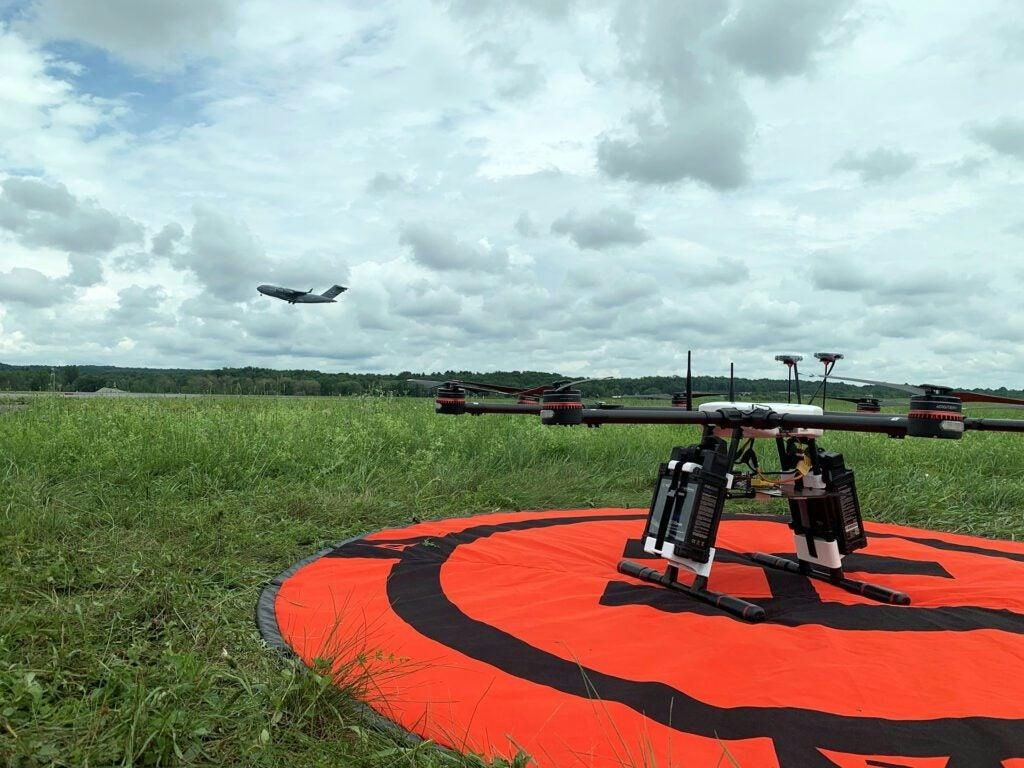
FAA Advances Integration of Manned and Unmanned Aircraft
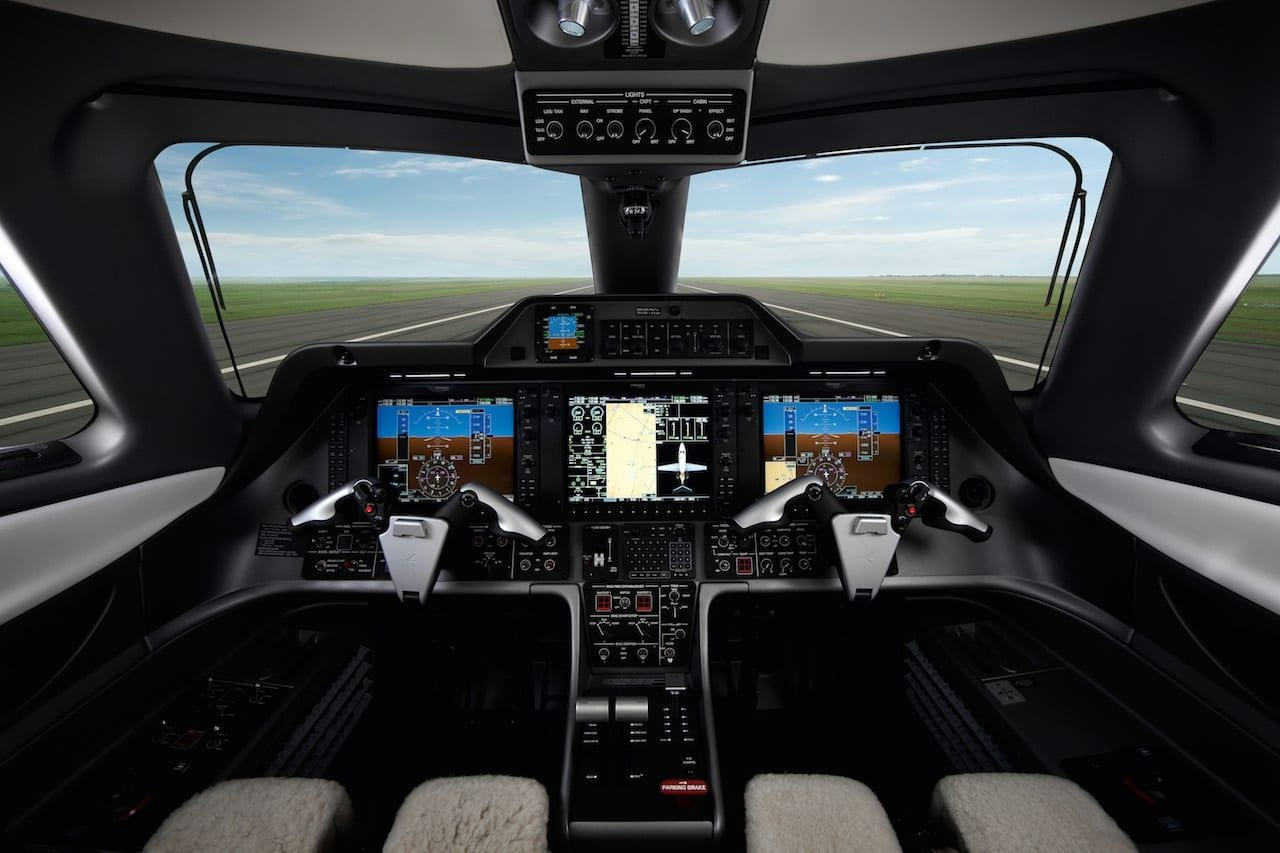
Embraer Unveils AI-Driven Smart Planning Solution
